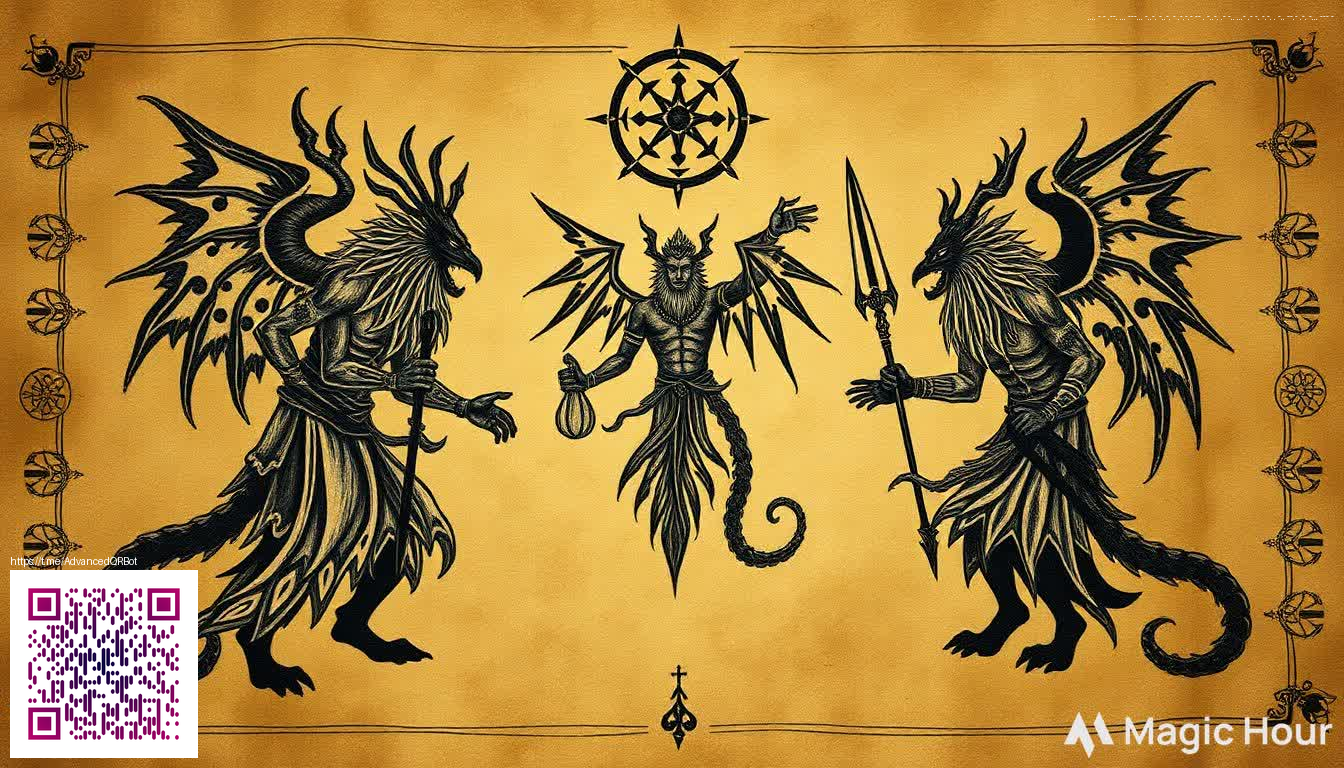Meme coins vs game tokens: understanding the difference in practice
In the fast-moving world of digital assets, two phrases you’ll hear a lot are “meme coins” and “game tokens.” They sit on nearly opposite ends of the spectrum in terms of purpose, value drivers, and risk. If you’re a gamer, investor, or curious observer, it helps to distinguish why one type might surge on social momentum while the other aims to sustain a functioning in‑game economy. Think of it like comparing a flashy trend to a core utility: both can capture attention, but they serve different needs.
Foundations: what each is meant to be
Meme coins are built around social narratives, branding, and community enthusiasm. They often start as jokes or cultural memes, then gain traction through viral moments and celebrity endorsements. The price and liquidity of meme coins tend to swing with online sentiment, media coverage, and influencer activity. In many cases, they lack a guaranteed real‑world utility beyond the hype, which can make them highly volatile. As a result, expect risk and a strong dependence on community momentum.
Game tokens, by contrast, are designed to power in‑game economies or cross‑title ecosystems. They usually come with explicit utility: buying items, granting access to features, enabling player progression, or participating in governance within a game world. Their value is anchored to how well the game uses the token to enhance playability, balance, and interoperability across platforms. In short, game tokens aim for practical utility rather than only social buzz.
Utility and value drivers
For meme coins, the value often correlates with visibility and narrative momentum. Community memes, social media hype, and celebrity mentions can push a coin into the spotlight, sometimes driving rapid price appreciation or sharp pullbacks. Liquidity is essential, but it’s frequently driven by speculative trading rather than a built‑in, long‑term use case. In this environment, community sentiment and timely memes are the primary engines of value—good for attention, risky for fundamentals.
Game tokens rely on utility that meaningfully affects gameplay. They may unlock cosmetic skins, boost in‑game economy efficiency, or enable cross‑game asset transfer. Because a token’s usefulness is baked into the game design, developers focus on scarcity, balance, and accessibility. Staking rewards, governance votes, and developer incentives can reinforce long‑term engagement. The result is a more deliberate path to sustained value, though it must be carefully managed to avoid stagnation or inflation that harms gameplay.
Economic structure and risk management
Stability is not a hallmark of most meme coins. Emphasis on rapid liquidity, speculative fervor, and the lack of formal utility means risk is elevated. Investors should expect high volatility, potential rug risks, and sudden shifts in liquidity if the narrative changes. That doesn’t mean meme coins have no place in a portfolio, but diversification and clear risk appetite are essential.
Game tokens, while not immune to market swings, operate within a more controlled framework. Tokenomics are often designed with a supply schedule, burn mechanisms, or utility caps that curb runaway inflation. Governance models can give players a say in future changes, aligning incentives with the health of the game economy. Still, any token connected to a live game must contend with developer decisions, platform policy updates, and the risk of over‑engineering the economy. Vigilance around changes to balance, rewards, and item availability is key.
“Utility plus governance beats hype when you’re building a sustainable digital economy.”
— industry observer
Branding, communities, and expectations
Meme coins trade on branding and culture—colorful logos, catchphrases, and a shared meme language. Communities rally around the story as much as the coins themselves. This cultural pull can create rapid adoption, but it can also evaporate as quickly as it appears. Investors and users should be mindful of the reality that social momentum can reverse, leaving holders with significant losses if exits are not well managed.
Game tokens attract players who are seeking meaningful in‑game advantages and a sense of ownership within a broader ecosystem. The expectation is often a demonstrable roadmap: ongoing game development, regular updates, and clear milestones. When the game delivers meaningful utility, the token’s value tends to reflect improved play experiences and longer‑term player retention—a different kind of (and often more durable) value proposition than meme‑driven assets.
What to evaluate if you’re exploring either path
- Clear use case: Does the asset offer real in‑game utility or a transparent narrative motivation?
- Economic design: Are there controls to prevent runaway inflation or chaotic pumps and dumps?
- Community and governance: Is there a verifiable roadmap or a decision‑making process that includes stakeholders?
- Security and transparency: Are the token contracts audited, and is the project adherent to relevant regulations?
- Risk tolerance: How exposed are you to social sentiment versus gameplay value?
To connect the discussion to a touchpoint gamers recognize, consider tangible gear that complements digital play. For instance, a neon gaming mouse pad—rectangular, 1/16 inch thick, stainproof—offers practicality that mirrors how game tokens aim to bolster actual gameplay. You can explore this product here: Neon Gaming Mouse Pad Rectangular 1/16 inch Thick Stainproof.
If you’re curious about how digital content is presented or referenced in practical contexts, a sample page can provide a concrete sense of layout and information architecture: https://zircon-images.zero-static.xyz/1cf72c86.html.
Similar Content
Related reference: https://zircon-images.zero-static.xyz/1cf72c86.html
